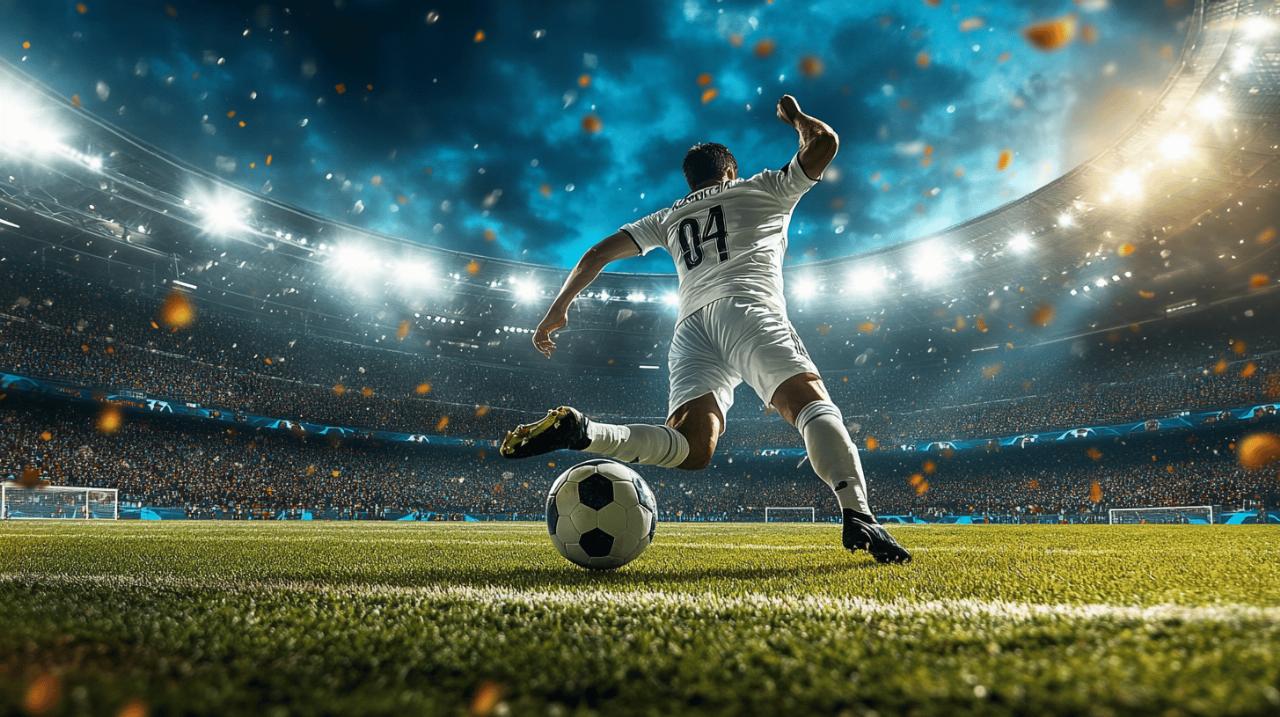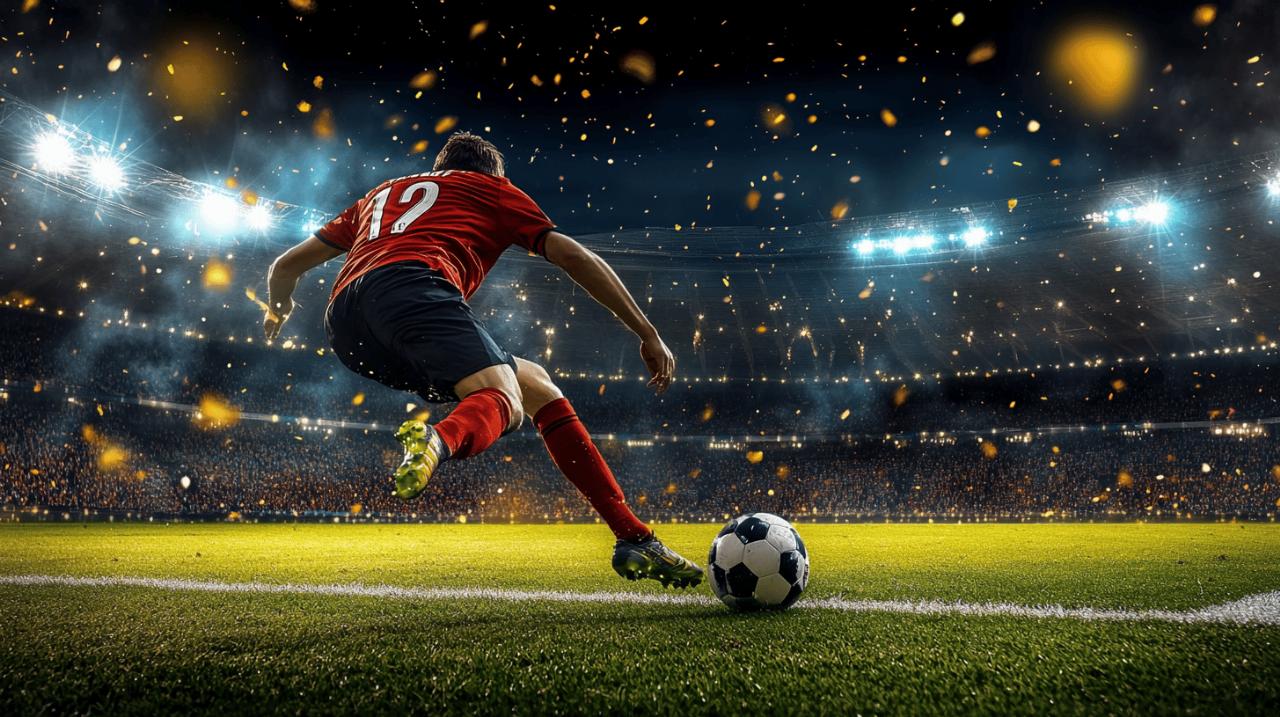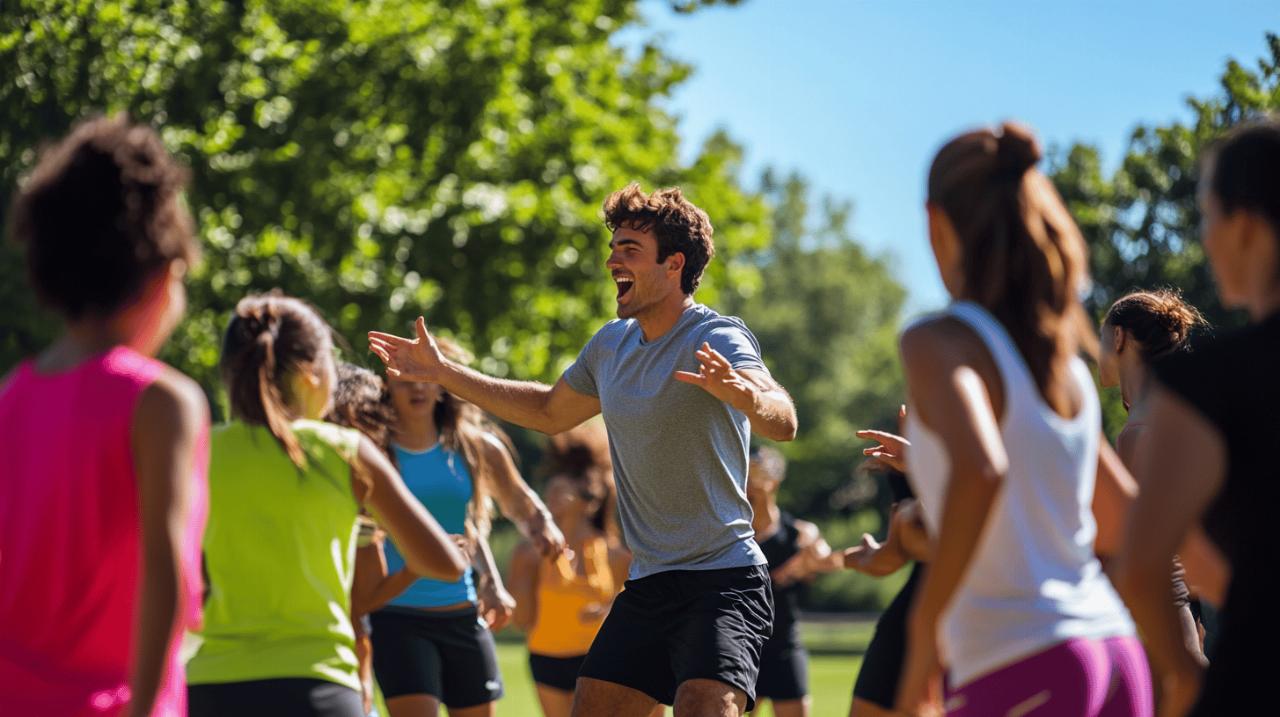Achieving the seemingly effortless grace of Lionel Messi when standing over a free kick is a pursuit that captivates footballers at every level. The Argentine maestro has transformed set pieces into moments of genuine artistry, combining technical brilliance with an almost preternatural understanding of physics and psychology. While replicating his genius requires dedication and countless hours of training, understanding the core principles underpinning his approach offers a pathway for anyone seeking to elevate their own free-kick prowess.
Perfecting your stance and approach
The foundation of any successful free kick lies in the preparatory phase, where positioning and approach converge to create the conditions for a clean strike. Observing Messi reveals a meticulous attention to these fundamentals, which often go unnoticed amidst the spectacle of the ball finding the net. His stance is deliberate, a carefully calibrated setup that primes his body for the precise execution that follows.
Angling your run-up for maximum curve
Rather than charging directly at the ball, Messi employs a subtle angle in his run-up, approaching from a position that allows his body to generate the necessary rotation. This diagonal trajectory is crucial because it facilitates contact with the side of the ball rather than its dead centre, which is the secret behind that signature bend. The run itself is measured and controlled, devoid of unnecessary theatrics or excessive speed. By maintaining this composed approach, he ensures his body remains balanced throughout the strike, allowing for a fluid transfer of energy from foot to ball. This angled run-up is not merely a stylistic flourish but a mechanical necessity for imparting spin, exploiting the Magnus Effect to bend the ball's flight path around defensive walls and beyond the reach of goalkeepers. Aspiring free-kick takers should experiment with different angles during practice sessions, discovering the approach that feels most natural while still permitting that crucial off-centre contact.
Planting your standing foot: the foundation of accuracy
Equally important as the run-up is the positioning of the non-kicking foot, which serves as the anchor point for the entire motion. Messi plants his standing foot firmly beside the ball, ensuring it points directly towards his intended target. This alignment is paramount because it establishes the direction of the shot and provides the stability required to maintain balance during the strike. A poorly placed standing foot can throw off the entire trajectory, causing the ball to sail over the bar or wide of the post. The distance between the standing foot and the ball also matters, with optimal placement typically falling a few inches to the side, close enough to provide support but not so near as to restrict the kicking leg's swing. This careful foot placement is what allows Messi to execute his technique with such consistency, game after game, as it creates a reliable foundation from which his striking leg can operate. Practising this positioning repeatedly helps build muscle memory, transforming what initially feels awkward into a natural, instinctive movement.
Striking Technique: The Art of the Caress
The moment of contact between boot and ball is where technique crystallises into result, and Messi's approach is distinguished by its delicacy and precision. Unlike those who favour raw power, he treats the ball almost tenderly, coaxing it rather than battering it towards goal. This finesse-based method requires a sophisticated understanding of ball dynamics and an ability to regulate force with surgical accuracy.
Finding the Sweet Spot: Off-Centre Contact for Spin
The key to generating that mesmerising curve lies in striking the ball not through its centre but at a point just off to one side, typically on the inside portion. This off-centre contact is what imparts spin, causing the ball to rotate as it travels through the air and creating the aerodynamic conditions necessary for it to bend. Messi wraps his foot around the ball during impact, almost as if he is trying to cradle it momentarily, which maximises the rotational effect. The area of the boot used is usually the inside, around where the big toe begins, allowing for a brushing motion that generates spin without sacrificing too much power. This technique demands considerable practice to master because the margin for error is slim; striking too centrally yields a straight shot, whilst hitting too far to the side results in a weak attempt easily saved. Understanding the physics at play, particularly the Magnus Effect which causes spinning objects to curve in flight, provides valuable context for why this approach works and reinforces the importance of precision in execution.
The Locked Ankle and Follow-Through: Painting the Ball
Beyond the point of contact, the follow-through plays a critical role in determining the ball's trajectory and velocity. Messi keeps his ankle locked and firm throughout the striking motion, preventing unwanted flexion that could dissipate energy or alter the spin. His lower leg does the bulk of the work, swinging through the ball in a controlled arc that resembles a painter's brushstroke. This follow-through should naturally extend towards the target, with the kicking foot finishing high and the body leaning slightly forward to aid accuracy. The sensation should be one of guiding the ball rather than hammering it, with the follow-through completing the rotational motion initiated at contact. This concept of painting the ball is more than metaphorical; it captures the essence of the technique, which prioritises artistry and control over brute force. Practising this motion slowly at first helps internalise the correct mechanics, gradually building up speed as confidence grows.
The mental game: visualisation and confidence
 Technical mastery alone does not account for Messi's remarkable free-kick record; the psychological dimension is equally vital. His ability to remain composed under pressure, to visualise success before striking, and to adjust his approach based on situational variables demonstrates a mental fortitude that complements his physical skills. Developing this mental edge is essential for anyone seeking to replicate his success.
Technical mastery alone does not account for Messi's remarkable free-kick record; the psychological dimension is equally vital. His ability to remain composed under pressure, to visualise success before striking, and to adjust his approach based on situational variables demonstrates a mental fortitude that complements his physical skills. Developing this mental edge is essential for anyone seeking to replicate his success.
Picturing success: the power of mental imagery
Before even addressing the ball, Messi engages in visualisation, mentally rehearsing the shot and seeing the ball nestling into the net. This practice of mental imagery has been shown to enhance performance by priming the brain and body for the task ahead, effectively creating a neural blueprint that guides execution. By vividly imagining the ball's trajectory, the goalkeeper's position, and the desired outcome, a player can reduce anxiety and increase confidence. This technique is not mere superstition but a scientifically supported method for improving athletic performance. A pre-kick routine that incorporates visualisation helps to steady nerves and establish a sense of control, transforming what might otherwise be a high-pressure moment into a familiar, rehearsed action. Players should develop their own routines, incorporating breathing exercises, visual cues, and mental rehearsal to create a personalised ritual that calms the mind and focuses attention.
Adjusting for Distance and Angles: Tactical Awareness
Messi's brilliance also stems from his tactical acumen, his ability to read the positioning of the wall and goalkeeper and adjust his approach accordingly. Different distances and angles require modifications in technique, with closer free kicks demanding more height to clear the wall whilst those from distance may benefit from a flatter trajectory to maximise power. He scans the goal before striking, identifying gaps in the wall or areas where the goalkeeper's vision is obscured, then targets those vulnerabilities. This tactical awareness transforms free kicks from random attempts into calculated strikes with a higher probability of success. Practising from various distances, typically from eighteen to twenty-five yards away from goal, helps develop an intuitive sense of how much power and elevation is needed in different scenarios. Understanding when to go for precision over power, or when to employ a knuckleball technique for unpredictability, adds versatility to one's repertoire and makes a player more dangerous from set pieces.
Practice makes perfect: dedication to mastery
Perhaps the most important lesson to draw from Messi's free-kick mastery is the role of relentless practice. Natural talent provides a foundation, but it is countless hours on the training ground that transform potential into performance. His technique is the product of years spent refining every detail, learning from mistakes, and pushing the boundaries of what is possible.
Repetition on the Training Ground: Building Muscle Memory
Muscle memory, the neurological process by which repeated actions become automatic, is the cornerstone of technical excellence. Messi's ability to execute free kicks with such consistency stems from having performed the motion thousands upon thousands of times, embedding it deeply into his physical repertoire. Effective practice involves setting up walls, positioning balls at various distances and angles, and methodically working through different scenarios. Rather than simply striking balls aimlessly, structured drills that mimic match conditions yield better results. This might involve practising with a goalkeeper, adding the pressure of defenders, or timing attempts to simulate the urgency of a real game. The goal is to replicate the conditions one will face in competition, thereby ensuring that the skills developed in training translate seamlessly onto the pitch. Dedication to this process, even when progress feels slow, is what separates those who occasionally score from set pieces from genuine specialists.
Learning from mistakes: refining your technique over time
No player, not even Messi, succeeds with every attempt, and the ability to learn from failures is crucial for long-term improvement. Analysing what went wrong after a missed free kick, whether it was poor foot placement, incorrect contact point, or insufficient follow-through, provides valuable feedback that informs future attempts. Watching footage of successful free-kick takers, including the likes of David Beckham, who remains the Premier League's all-time leading scorer from such situations with eighteen goals, offers additional insights into different techniques and approaches. Sebastian Larsson, another Premier League specialist tied with Cristiano Ronaldo with eleven goals, has spoken about the importance of adapting one's technique to different angles and distances, a testament to the continuous refinement required. Whilst Ronaldo has popularised the knuckleball style, with its unpredictable flight, Larsson himself considers Messi a superior free-kick taker due to his technique and higher success rate. This comparative analysis highlights that there is no single correct method, but rather a spectrum of approaches that can be effective depending on context and individual strengths. Embracing this mindset of continuous improvement, where each attempt is an opportunity to learn, ensures steady progress towards mastery.





